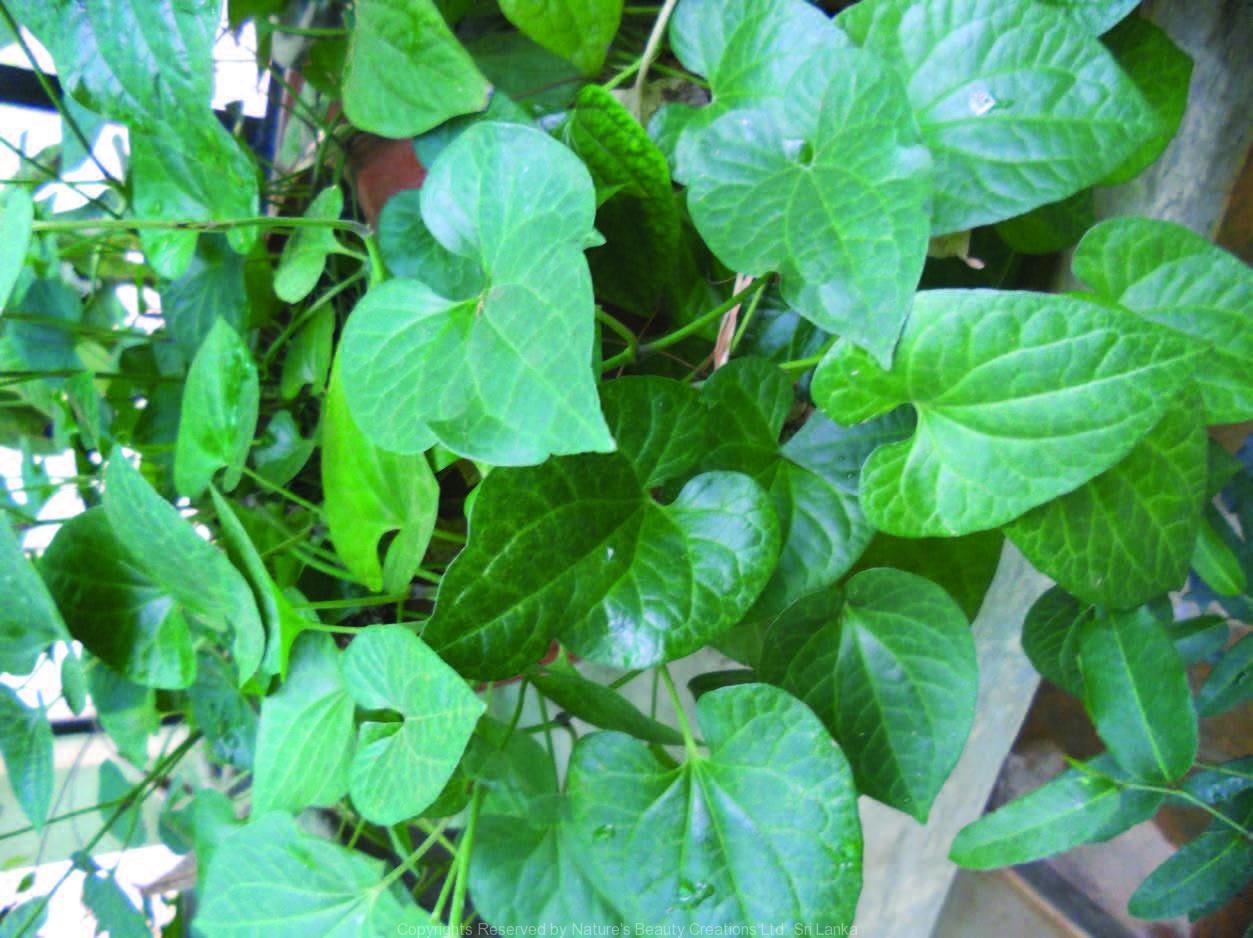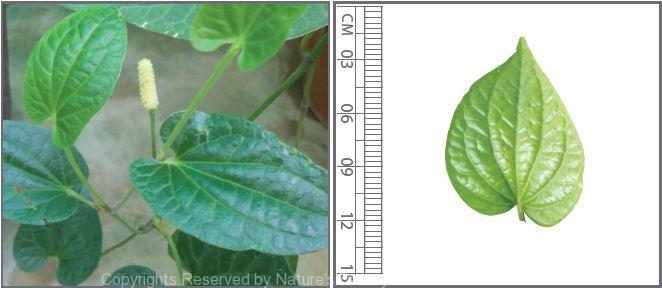

Traditional Knowledge
Useful plant parts :
Whole plant, leaf and fruit
Uses in traditional medicine :
- Young leaves are eaten with scraped dried coconut to control intestinal worms
- Dried fruit powder mixed with bee honey is prescribed for stomach complications
- Whole plant is expectorant while leaves are carminative
Scientific Research
Chemical constituents:
Alkaloids: piperlongumine, piperlonguminine from roots and piperine, pipernonaline, pellitorine, glycosides: longumosides A, B from plant
Bioactivity :
Piperlonguminine and pellitorine: antibacterial; piperine: immunomodulatory, antitumour, hepatitis B virus inhibitor; chloroform and methanol extract of leaves:anti dermatophytic; pipernonaline: anticancer; ethanol extract of plant: hepatoprotective; crude plant extract: antifertitily activity
Clinical:
References : Chatterjee, A. and Dutta, C. P., (1967), Alkaloids of Piper longum Linn—I : Structure and synthesis of piperlongumine and piperlonguminine, Tetrahedron, 23(4), 1769–1781. Das, J. et al., (2012), Isolation and Characterization of Antidermatophytic Bioactive Molecules from Piper longum L. Leaves, Indian J Microbiol, 52(4), 624-629. Jiang, Z. Y. et al., (2013), Anti-HBV active constituents from Piper longum, Bioorg Med Chem Lett, 23(7), 2123-7. Lakshmi, V. et al., (2006), Antifertility activity of Piper longum Linn. in female rats, Nat Prod Res, 20(3), 235-9. Lee, W. et al., (2013), Pipernonaline from Piper longum Linn. induces ROS-mediated apoptosis in human prostate cancer PC-3 cells, Biochem Biophys Res Commun, 430(1), 406-12. Reddy P. S. et al., (2001), Antibacterial activity of isolates from Piper longum and Taxus baccata, Pharmaceutical biology, 39(3), 236-238. Sunila, E. S. and Kuttan, G., (2004), Immunomodulatory and antitumor activity of Piper longum Linn. and piperine, Journal of Ethnopharmacol- ogy, 90(2-3), 339–346.
Copyrights Reserved By
Natures Beauty Creations



